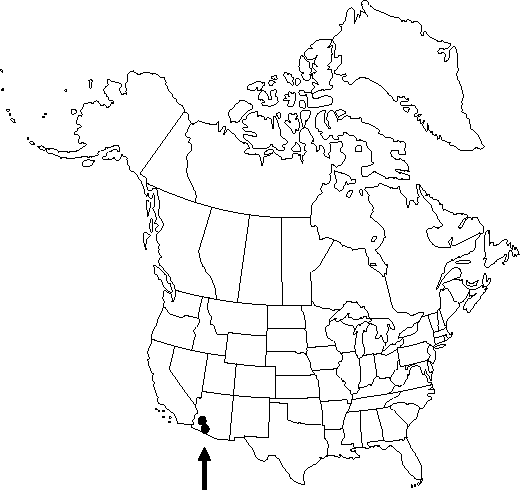Difference between revisions of "Berberis harrisoniana"
J. Wash. Acad. Sci. 29: 477. 1939.
FNA>Volume Importer |
imported>Volume Importer |
||
| Line 54: | Line 54: | ||
|publication year=1939 | |publication year=1939 | ||
|special status=Conservation concern;Endemic | |special status=Conservation concern;Endemic | ||
| − | |source xml=https:// | + | |source xml=https://bibilujan@bitbucket.org/aafc-mbb/fna-data-curation.git/src/bb6b7e3a7de7d3b7888a1ad48c7fd8f5c722d8d6/coarse_grained_fna_xml/V3/V3_9.xml |
|genus=Berberis | |genus=Berberis | ||
|species=Berberis harrisoniana | |species=Berberis harrisoniana | ||
Revision as of 00:06, 28 May 2020
Shrubs, evergreen, 0.5-1.5 m. Stems often ± dimorphic, with elongate primary and somewhat elongate axillary shoots. Bark of 2d-year stems brown or gray, glabrous. Bud scales 1.5-3 mm, deciduous. Spines absent. Leaves 3-foliolate; petioles 1.5-5 cm. Leaflet blades thick and rigid; surfaces abaxially ± dull, papillose, adaxially dull, rarely glossy, somewhat glaucous; terminal leaflet sessile, blade 2.9-5.4 × 2.2-3.2 cm, 1.3-2.4 times as long as wide; lateral leaflet blades ovate or rhombic to lanceolate, 1-3-veined from base, base acute to rounded-obtuse, margins plane or undulate, lobed, with 1-2 teeth 5-13 mm high tipped with spines to 2-3.4 × 0.3-0.4 mm, apex acuminate. Inflorescences racemose, rather dense, 6-11-flowered, 1.5-2.5 cm; bracteoles membranous, apex acute or obtuse. Flowers: anther filaments with distal pair of recurved lateral teeth. Berries blue-black, glaucous, spheric to short-ovoid, 5-6 mm, juicy, solid.
Phenology: Flowering winter (Jan–Mar).
Habitat: Shady spots in rocky canyons
Elevation: 800-1100 m
Discussion
Of conservation concern.
Berberis harrisoniana is endemic to the Kofa and Ajo mountains. It has not been tested for resistance to infection by Puccinia graminis.
Selected References
None.
